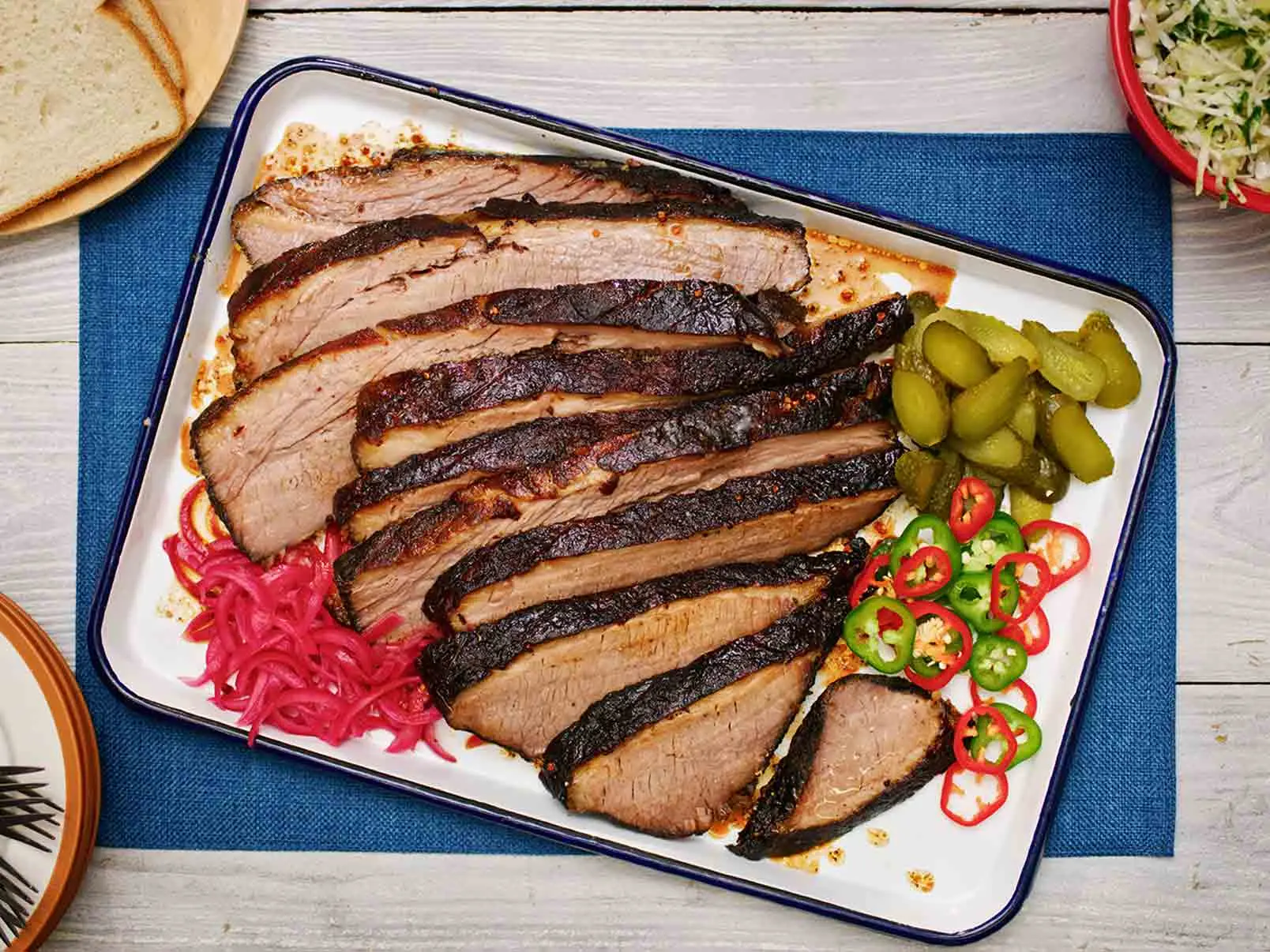When it comes to smoking a brisket, achieving the perfect temperature is crucial to ensure a tender and flavorful result. The ideal temperature for smoking brisket is around 225°F to 250°F (107°C to 121°C). This low and slow cooking method allows the collagen in the meat to break down gradually, resulting in a juicy and tender brisket.
The Importance of Temperature
Temperature plays a vital role in the smoking process as it determines how well the brisket will cook and develop its flavors. Smoking at too low a temperature can result in an undercooked and tough brisket, while smoking at too high a temperature can lead to a dry and overcooked brisket.
By maintaining a consistent temperature within the ideal range, you can achieve the perfect balance of tenderness, juiciness, and smoky flavor in your brisket. This requires using a reliable smoker or grill that can maintain a steady temperature throughout the cooking process.
Monitoring the Temperature
To ensure your brisket is cooked to perfection, it is essential to monitor the internal temperature throughout the smoking process. Using a digital meat thermometer is highly recommended as it provides accurate readings and helps you avoid any guesswork.
Place the meat thermometer in the thickest part of the brisket, avoiding contact with the bone. It's important to note that different parts of the brisket may cook at slightly different rates. The flat, which is leaner, tends to cook faster than the point, which has more marbling. Therefore, it's essential to monitor the temperature in multiple areas to ensure even cooking.
For a tender and moist brisket, remove it from the smoker when the internal temperature reaches around 195°F to 205°F (90°C to 96°C). At this temperature range, the collagen in the meat has broken down sufficiently, resulting in a tender and melt-in-your-mouth texture.
Frequently Asked Questions
How long does it take to smoke a brisket?
The cooking time for a brisket can vary depending on its size and the temperature at which you are smoking it. As a general guideline, you can expect a brisket to take around 5 to 2 hours per pound when smoking at 225°F to 250°F (107°C to 121°C). However, it's important to remember that every brisket is unique, and factors such as the thickness and marbling can affect the cooking time.
Should I wrap my brisket while smoking?
Wrapping your brisket in foil or butcher paper, also known as the Texas crutch, can help speed up the cooking process and retain moisture. This technique is often used when the brisket reaches an internal temperature of around 160°F to 170°F (71°C to 77°C). Wrapping helps to prevent the brisket from drying out and can result in a more tender end result.
Can I smoke a brisket at a higher temperature?
While the ideal temperature for smoking brisket is around 225°F to 250°F (107°C to 121°C), it is possible to smoke at a higher temperature. However, it's important to note that higher temperatures can result in a faster cooking time and may not allow the collagen in the meat to break down fully. This can result in a less tender brisket. If you choose to smoke at a higher temperature, it's recommended to monitor the internal temperature closely to prevent overcooking.
In Conclusion
Smoking a brisket to perfection requires careful attention to temperature. Aim for a temperature range of 225°F to 250°F (107°C to 121°C) and use a digital meat thermometer to monitor the internal temperature. Remember to allow the brisket to rest for at least 30 minutes before slicing to allow the juices to redistribute and ensure maximum tenderness. With patience and the right temperature, you'll be rewarded with a mouthwatering smoked brisket that will impress your family and friends.
If you want to know other articles similar to Perfect temperature for smoked brisket: tips and you can visit the Smoking category.


Related Articles